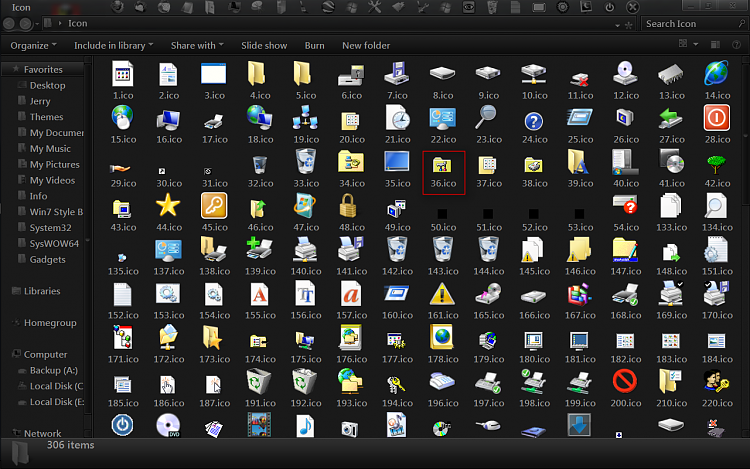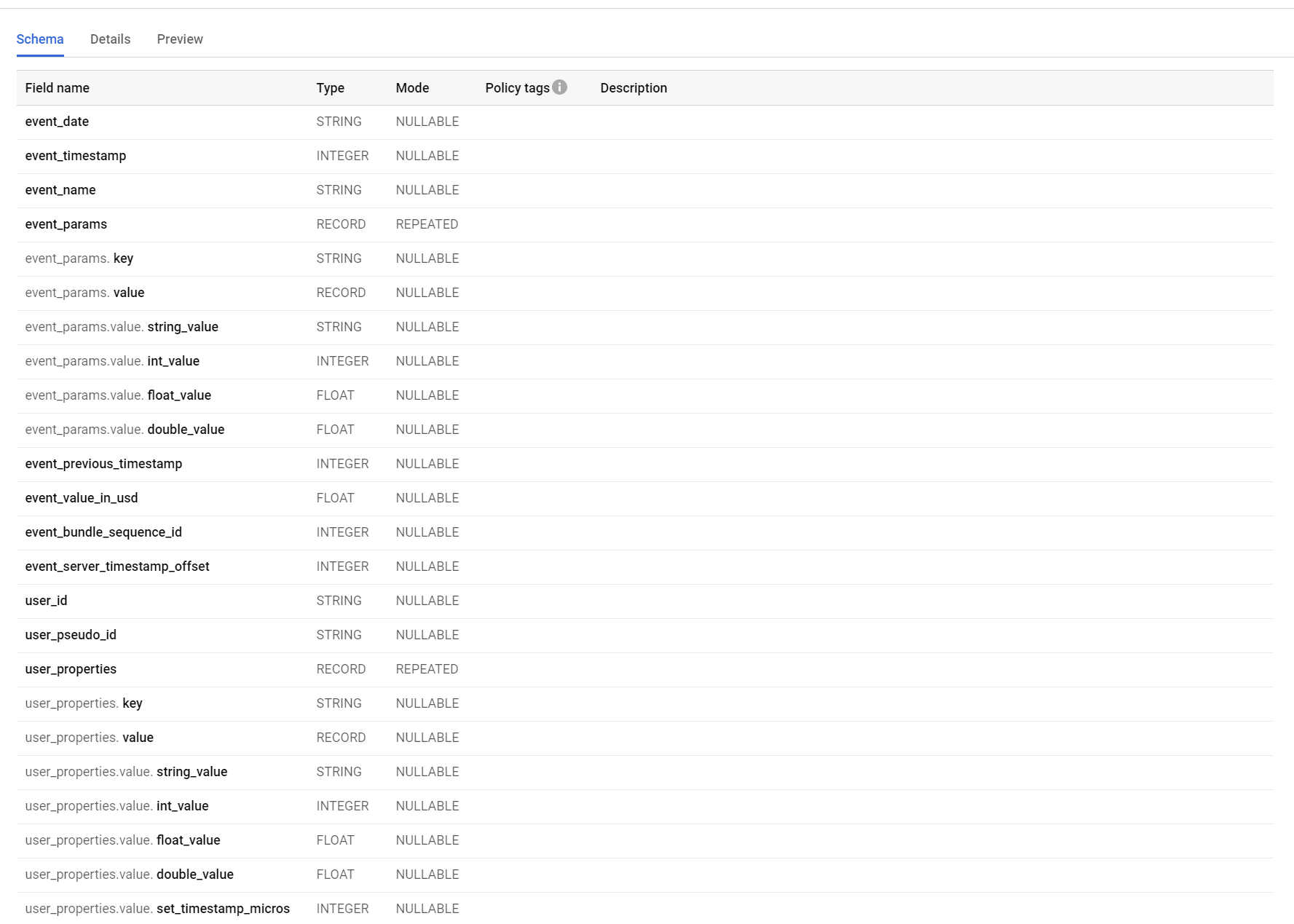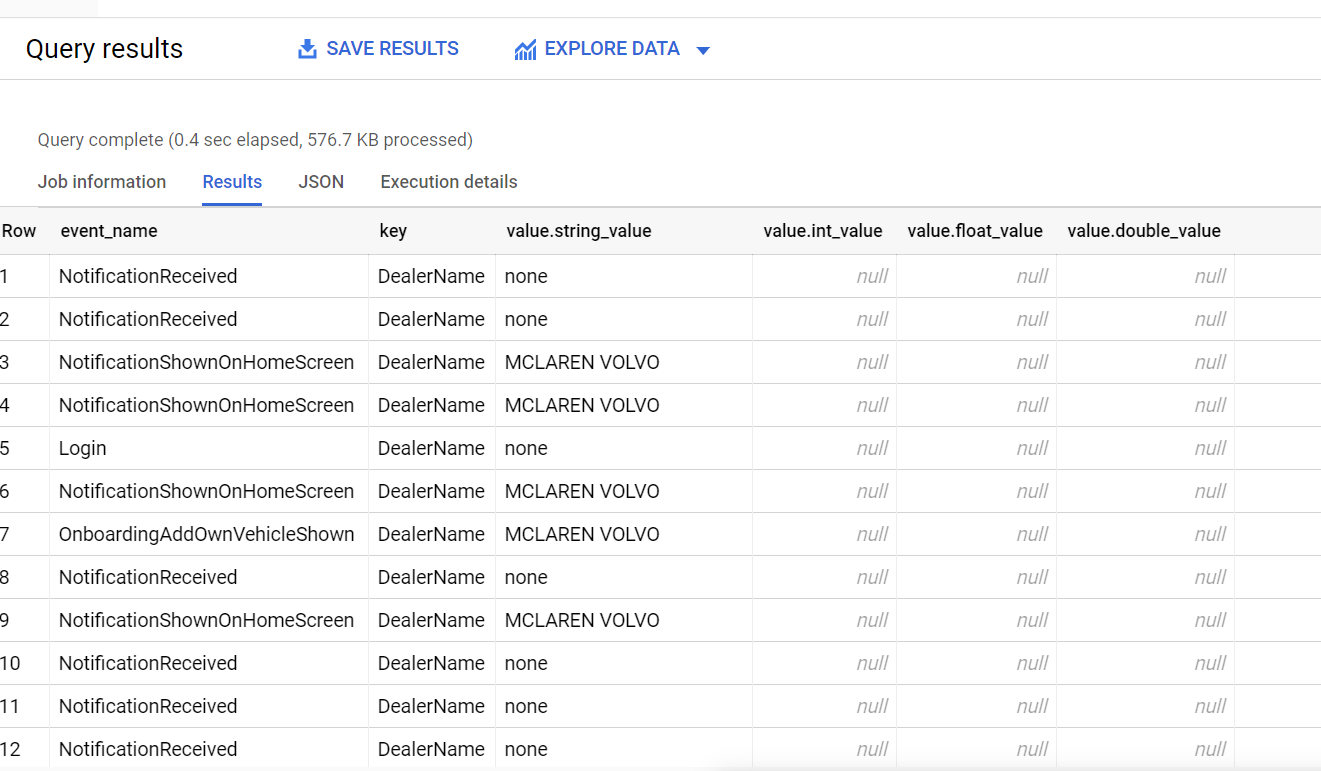This is a really nice tool for manipulating JSON on the command line. The syntax is, however, esoteric like you would not believe. Here are some cheats to help out
If you have an array and want to take just the object at a specific index
.[3]
which returns the 3rd element
If you want to extract a value from an array of objects then you can use
.[].LicensePlate
This works for multiple levels too so if you have nested objects you can
.[].LicensePlate.Province
Given an array where you want to filter it then you can use this
[ .[] | select( .LicensePlate | contains("PM184J")) ]
To select a single field you could then do
[ .[] | select( .LicensePlate | contains("PM184J")) ] | map( .LicensePlate)
If you want multiple fields built back into an object do
{LicensePlate: .[].LicensePlate, EndTime: .[].EndTime}



